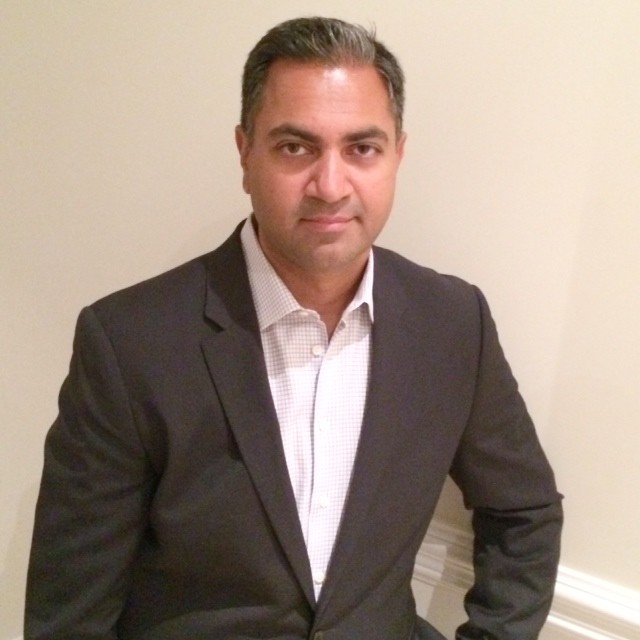Roboadvisors A subscriptionbased couchpotato service
Post on: 16 Май, 2015 No Comment

The term robo-advisor has come into widespread use in recent months, with a handful of firms starting up in Canada.
The model for this is Palo Alto, Calif.-based WealthFront, founded in 2008. It describes itself as an “automated investment service.” It assembles portfolios of passively managed exchange-traded funds (ETFs), matching client investment objectives and risk tolerance to the ETF selection, with appropriate asset allocation and regular rebalancing.
The fees are low: nothing on accounts below US$10,000 and after that it bills clients monthly at a rate equivalent to 0.25% annually of assets under management (plus the fees of the underlying ETFs, many of which are from Vanguard).
One of the first Canadian equivalents is Toronto-based NestWealth.com, launched by Randy Cass starting in Ontario and set to roll out nationally this year. I call this a “subscription-based Couch Potato service.” Cass got the idea from watching his son watch the subscription-based Web TV service, Netflix.
For $80/month (or $40/month for those under 40) customers can “subscribe” to a service that chooses and monitors a portfolio of ETFs — selected from Vanguard Canada and Black Rock Canada’s iShares families. As with similar services, NestWealth will worry about asset allocation and rebalancing.
Awaiting regulatory approval is Michael Katchen’s WealthSimple, a “light advice” model that takes a more traditional approach of levying an annual asset-based fee of 0.5%, which will be above and beyond the underlying fees of the ETFs themselves. Fees taper down with higher amounts of wealth.
Also about to launch is another Toronto-based firm called Smart Money Capital Management, which will operate on the web as www.smartmoneyinvest.ca. Founder and managing director Nauvzer Babul told me in an interview that “no one in this space calls themselves robo advisors. The term was coined in the United States, where everything is very automated. My goal is to be between that and where we are in the Canadian investing space, where there is advice and a person to meet with. Clients can speak with live people who try to understand their risk tolerance and understanding, then develop a portfolio around that. There’s definitely human interaction.”
At least in the Canadian model, “light advice” seems a better description than “robo-advisor.” In any case, fees will be higher than what do-it-yourself (DIY) investors would pay buying their own ETFs at discount brokerages (perhaps aided by some fee-for-service advice from a human financial planner). On the other hand, fees of these automated or semi-automated portfolio management systems should come in well below “wrap” programs offered by major Canadian financial institutions and certainly below the Management Expense Ratios (MERs) of most actively managed retail mutual funds sold in Canada.
In other words, a DIY investor might pay just the MERs of the underlying ETFs, meaning somewhere between about 0.10% and 0.55%, depending on the products chosen. Wraps and DSC mutual funds typically come in between 2.5% and 3% or a tad above that. So you can figure a typical robo-advisor or light advice service should come in somewhere between 1% and 1.5%, including the MERs of the underlying ETFs.
In the case of Babul’s firm, the annual asset-based fee charged is 0.45%, on top of the underlying ETFs, so the total portfolios should come in around or slightly below 1%, all in.
What kind of value can investors derive from such a service? Babul provides an interesting response, drawing on his 13 years of investment banking experience at BMO Capital Markets, which he left three years ago. In managing its derivatives business, Babul developed an intimate understanding of risk management. He noticed that retail investors tend to take on more risk than institutional investors. “I believe individuals picking individual stocks are taking on too much risk. Many institutional investors are more index-based than stock-pickers because they don’t want to be exposed to undue systematic risk.”
Babul’s goal is to invest clients in diversified global portfolios of ETFs. “We’re not trying to beat the market, but just create a diversified portfolio that adequately manages their risk tolerance.”
I ask whether there was a time when Babul ever believed in market timing and stock-picking.
“Yes.”
“What changed?”
“I saw my portfolio’s performance.”
Illustration by Chloe Cushman, National Post














